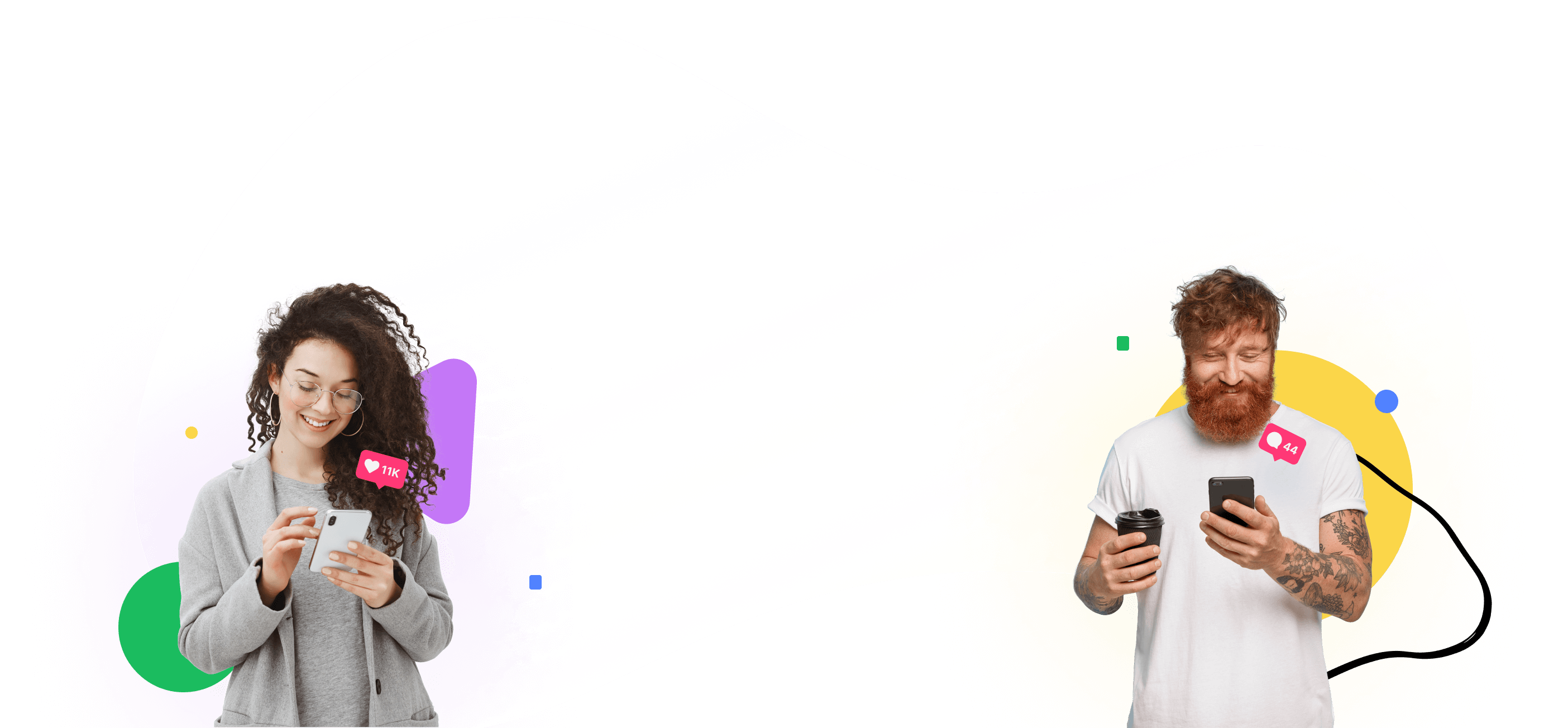In today’s digital age, social media plays a crucial role in brand storytelling. It offers a unique platform for brands to share their stories, connect with their audience, and build a loyal community. Effective brand storytelling on social media can create emotional connections, enhance brand perception, and drive engagement. Here’s how you can leverage social media for compelling brand storytelling.
Understand Your Brand’s Story
Before you start sharing your story, it’s essential to have a clear understanding of what your brand stands for. Your brand’s story should reflect your values, mission, and vision. It should answer the questions:
Who are you? What do you stand for? * What makes you unique?
Identify Your Target Audience
Understanding your target audience is crucial for effective storytelling. Knowing who your audience is will help you tailor your content to their interests, needs, and preferences. Use social media analytics to gather insights about your audience demographics, behaviors, and engagement patterns.

Choose the Right Platforms
Different social media platforms serve different purposes and audiences. Choose platforms that align with your brand’s goals and where your target audience is most active. For instance:
Instagram is great for visual storytelling. Twitter is ideal for real-time updates and conversations. * LinkedIn is perfect for professional and B2B storytelling.
Create Consistent and Authentic Content
Consistency and authenticity are key to effective brand storytelling. Your content should reflect your brand’s voice and values consistently across all platforms. Authenticity builds trust and credibility with your audience. Share real stories, behind-the-scenes content, and user-generated content to humanize your brand.
Use Visuals to Enhance Your Story
Visual content is more engaging and can convey your message more effectively than text alone. Use images, videos, infographics, and GIFs to enhance your storytelling. Visuals can evoke emotions and create a stronger connection with your audience.

Leverage User-Generated Content
User-generated content (UGC) is a powerful tool for brand storytelling. It provides social proof and shows that real people use and love your products or services. Encourage your customers to share their experiences with your brand and feature their content on your social media channels.
Tell Stories with a Beginning, Middle, and End
Just like any good story, your brand’s stories should have a clear structure. Start with a captivating beginning to hook your audience, followed by a compelling middle that provides value or entertainment, and end with a strong conclusion that reinforces your message.
Engage with Your Audience
Engagement is a crucial part of social media storytelling. Respond to comments, participate in conversations, and show appreciation for your audience’s support. Engagement helps build a community around your brand and strengthens relationships with your audience.

Use Data to Refine Your Storytelling Strategy
Regularly analyze your social media performance to understand what resonates with your audience. Use data to refine your storytelling strategy and create more of the content that your audience loves. Metrics like engagement rate, reach, and shares can provide valuable insights.
Social media is a powerful tool for brand storytelling. By understanding your brand’s story, identifying your target audience, and creating consistent and authentic content, you can effectively use social media to connect with your audience and build a loyal community. Remember to leverage visuals, user-generated content, and engagement to enhance your storytelling efforts.



